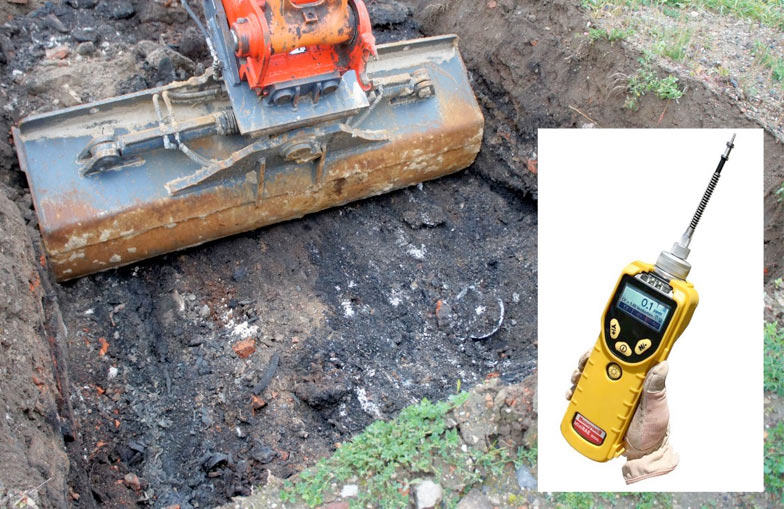Why Wireless - Remediation Work
Why wireless for head space measurements during remediation works and contaminated land site assessments.
Currently, the remediation technician would have to take anywhere between 20-100 snapshot measurements (depending on the size of the project) at different locations. These data points would include, GPS co-ordinates, comments, readings, and perhaps some pictures to provide more context.
Once the site work is completed, the remainder of the assessment needs to be finalised. Field monitoring instruments need to be connected to a PC, the files downloaded, sorted and collated with any pictures to provide context and clarity, reports created, and information shared.

So, ‘why wireless’?
Using a wirelessly enabled Photo-Ionisation detector (PID) with a smartphone allows for reduced time on site, increased productivity, and reduced potential of mistakes in data collection. The end user can create a report whilst performing the head space VOC snapshot measurement. The in ‘real-time’ report includes the measurement, traceability information (such as calibration certification) and enriched contextual data through the integration of photographs along with GPS location. Reports can then be shared instantaneously with key stakeholders for review and further action.
The MiniRAE 3000+ and DC Configurator app are part of the AES Connect suite of solutions connecting health and well-being.
.jpg)
.jpg)
.jpg)